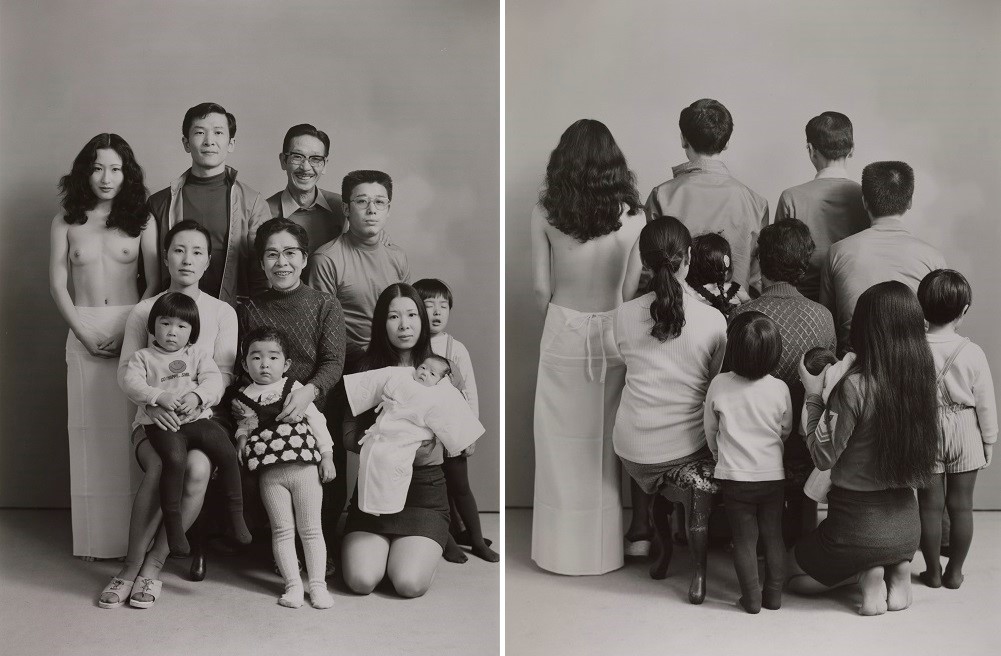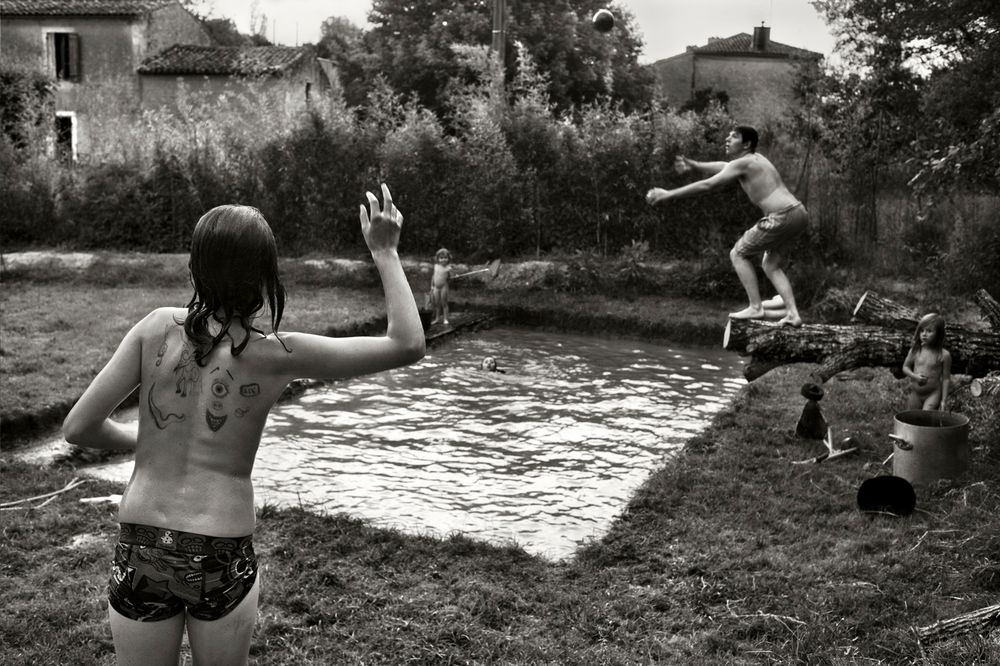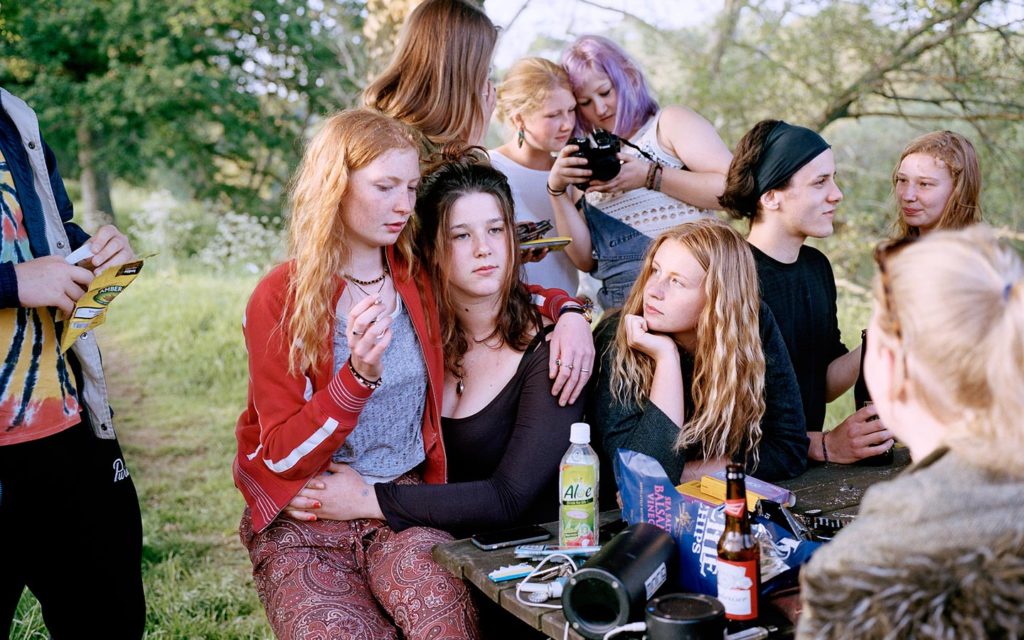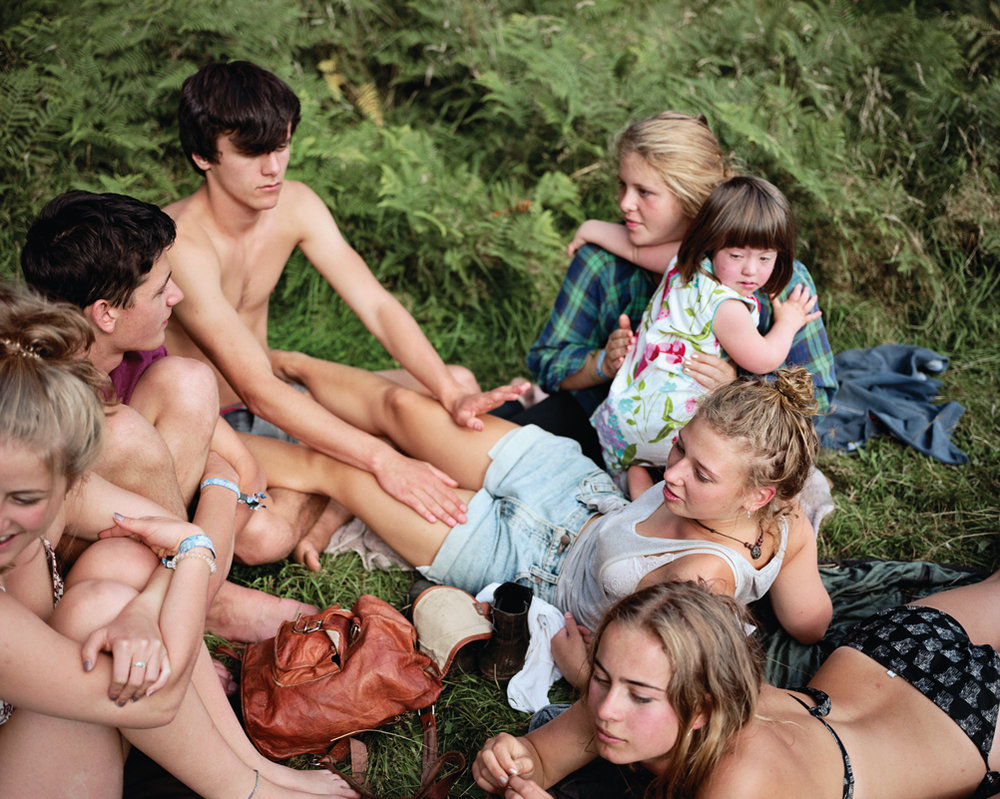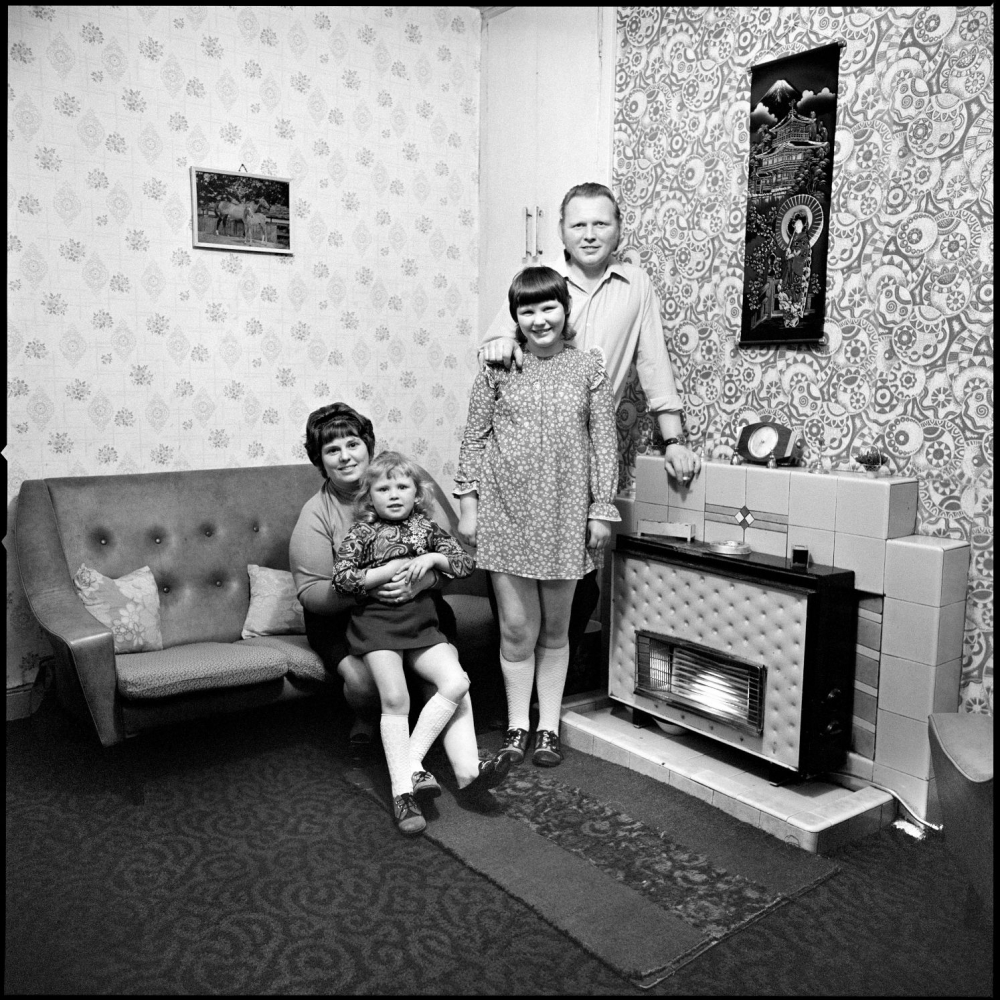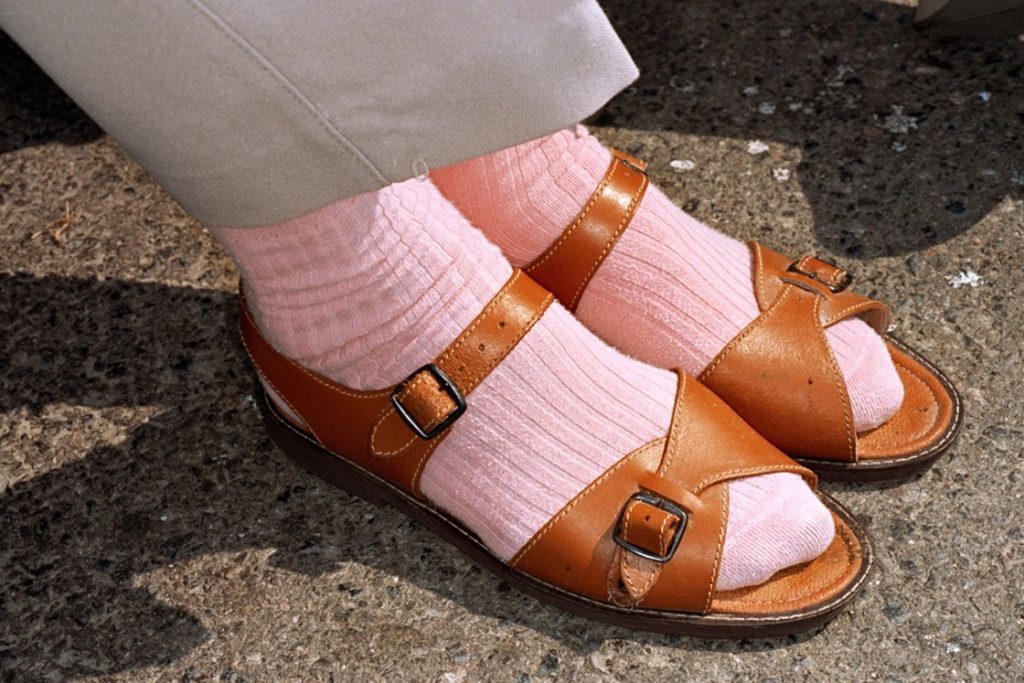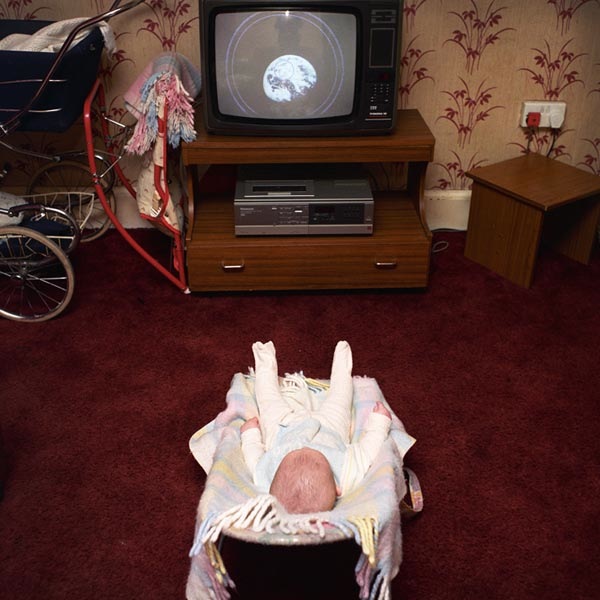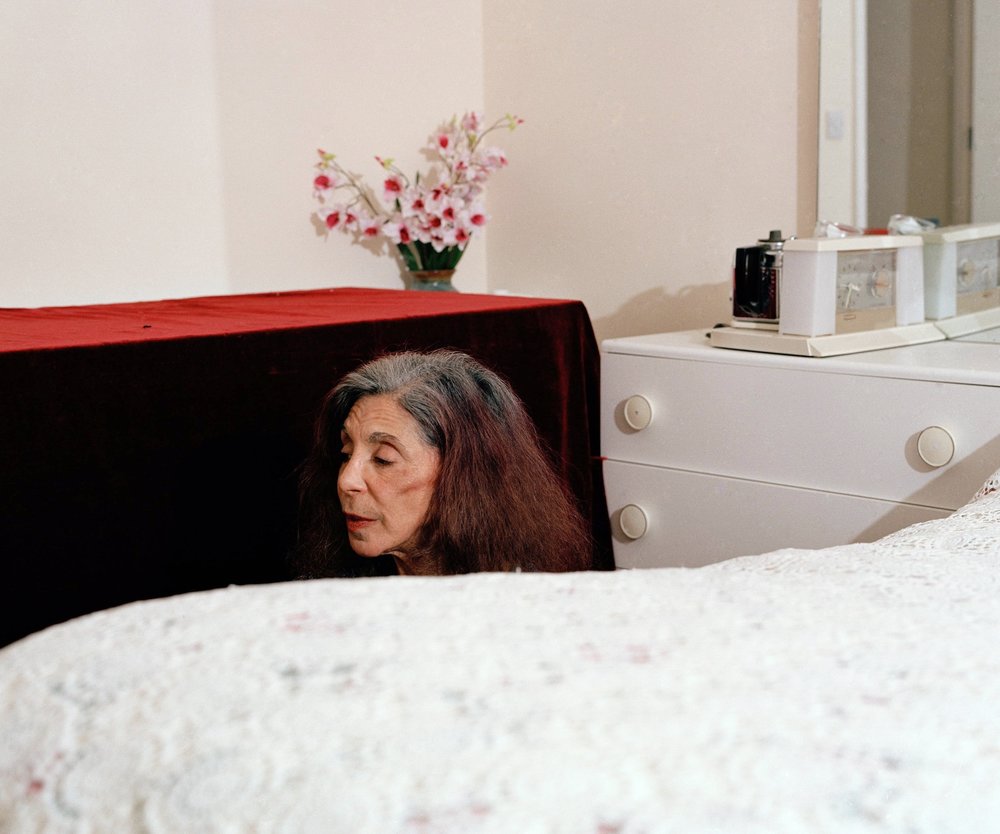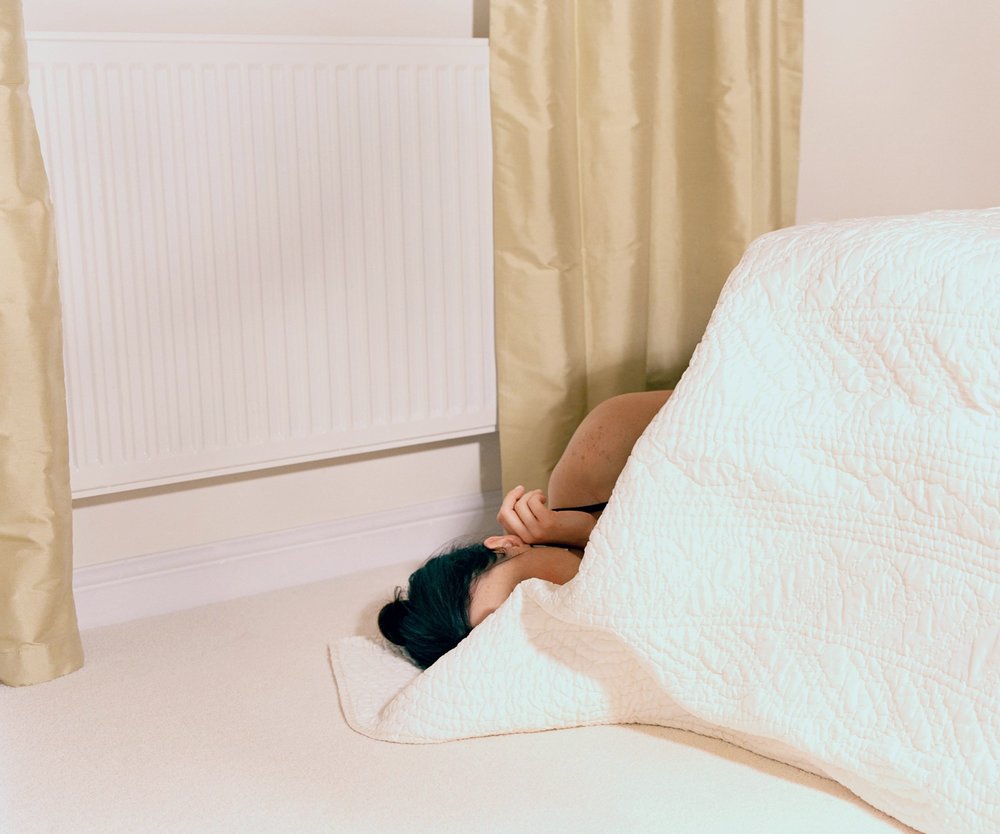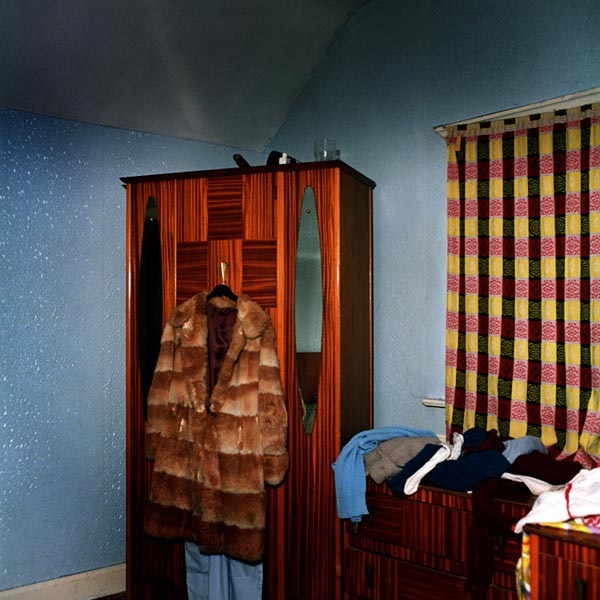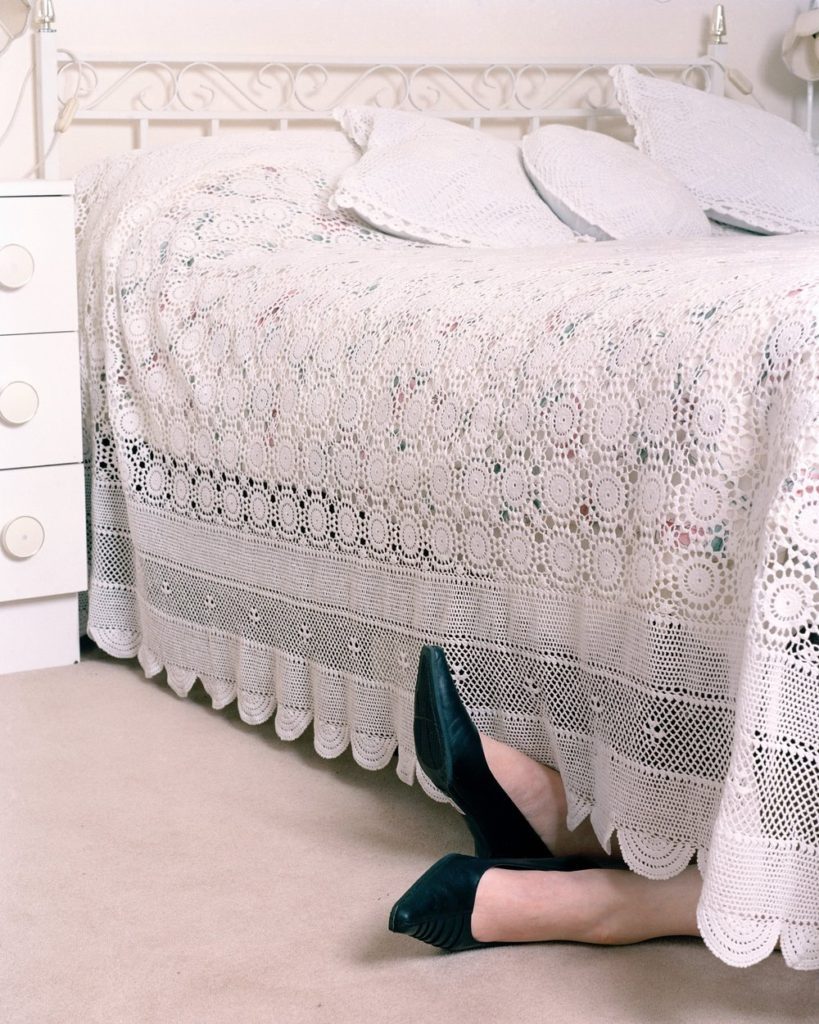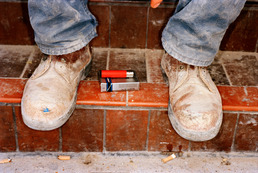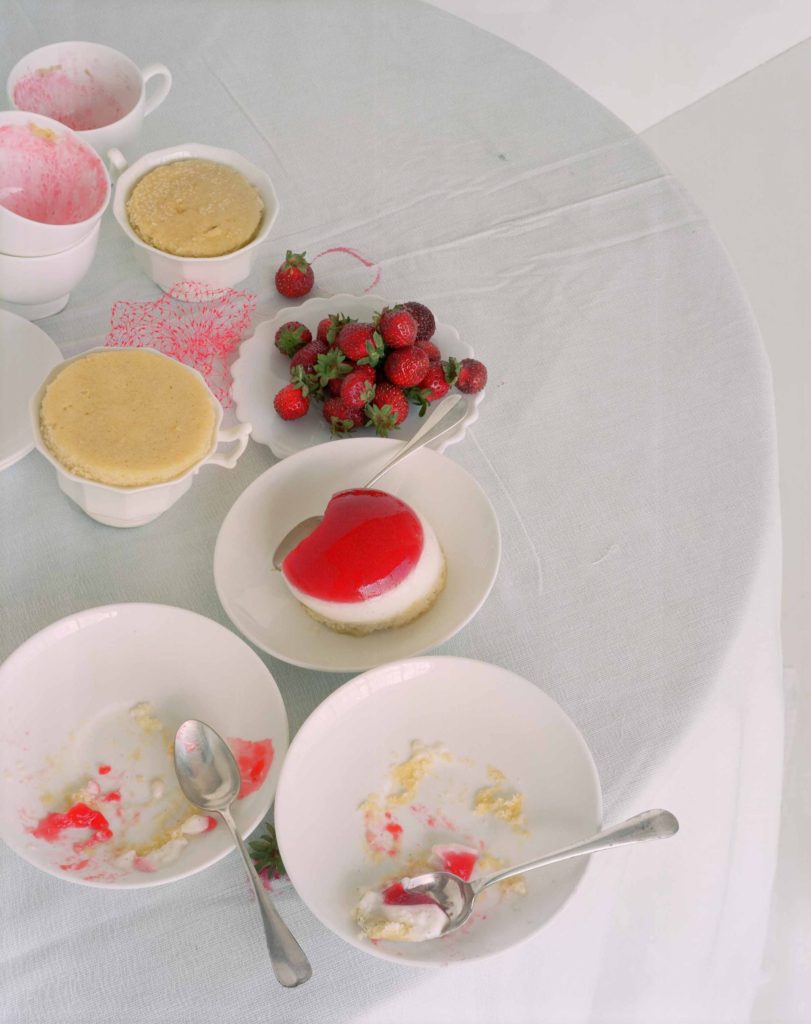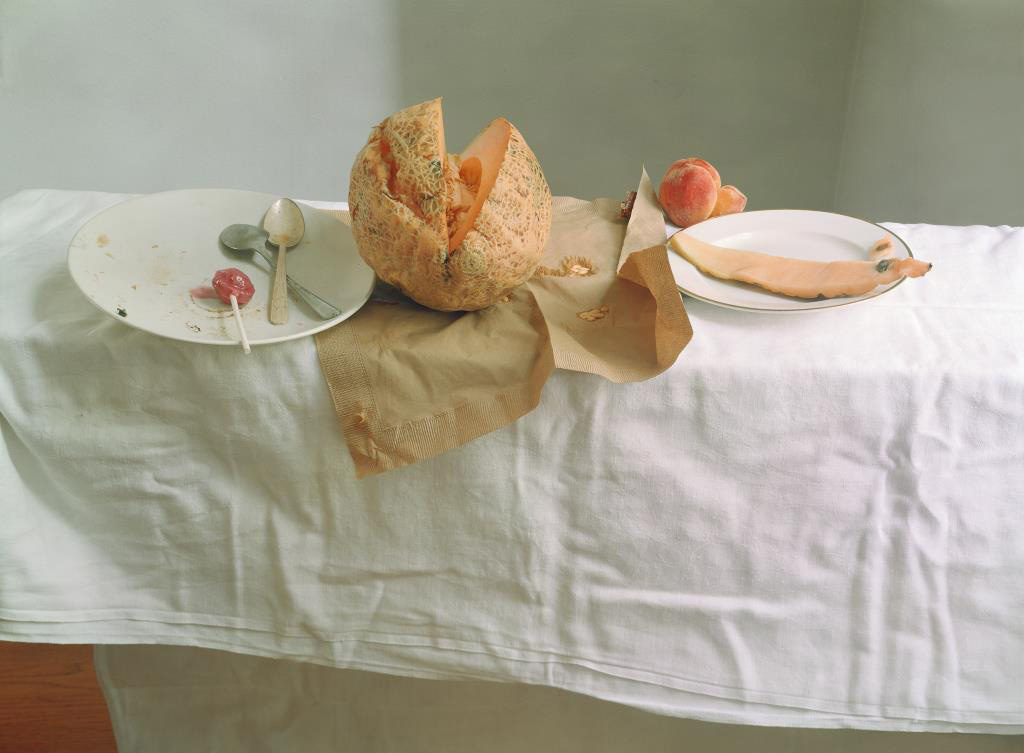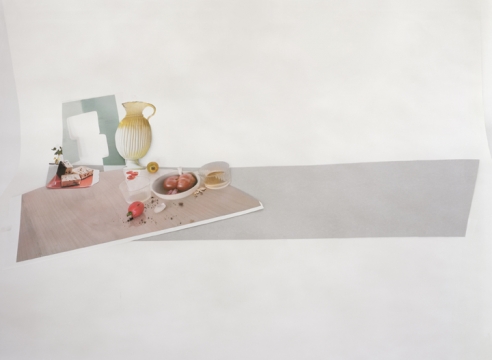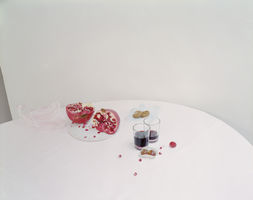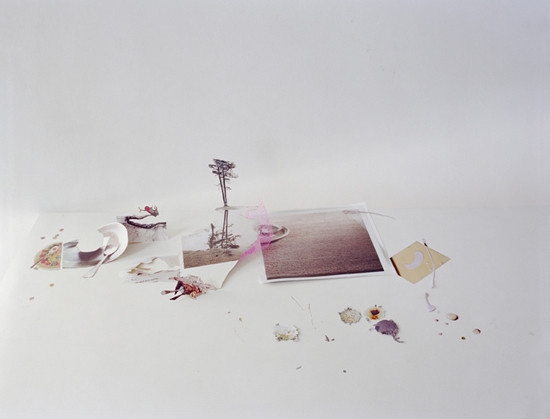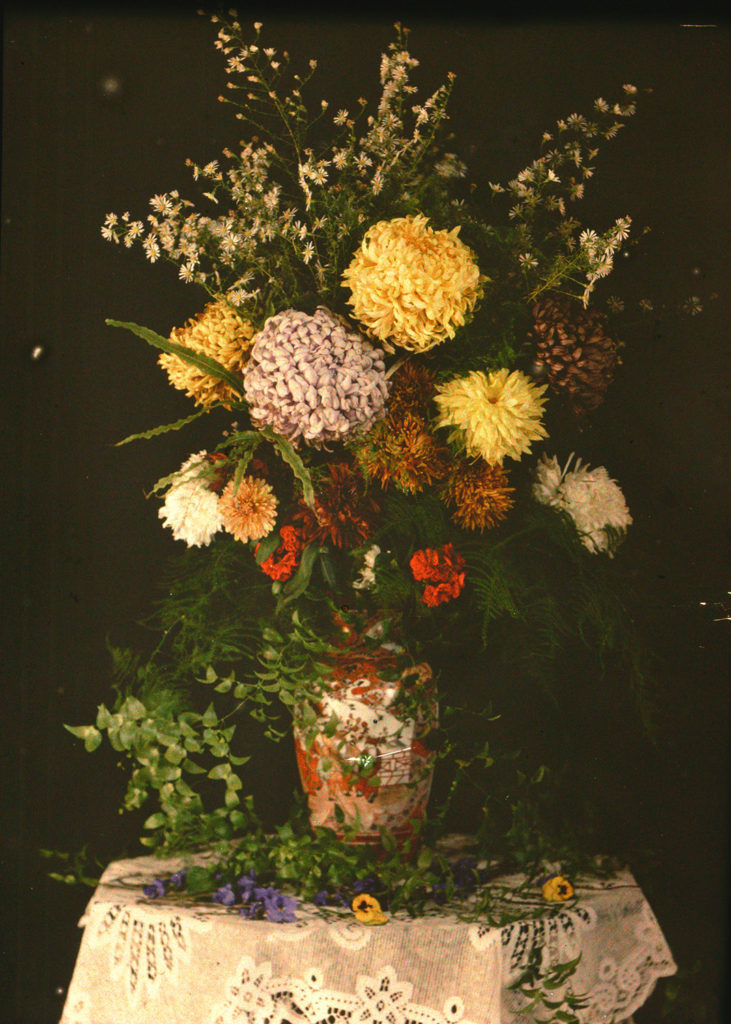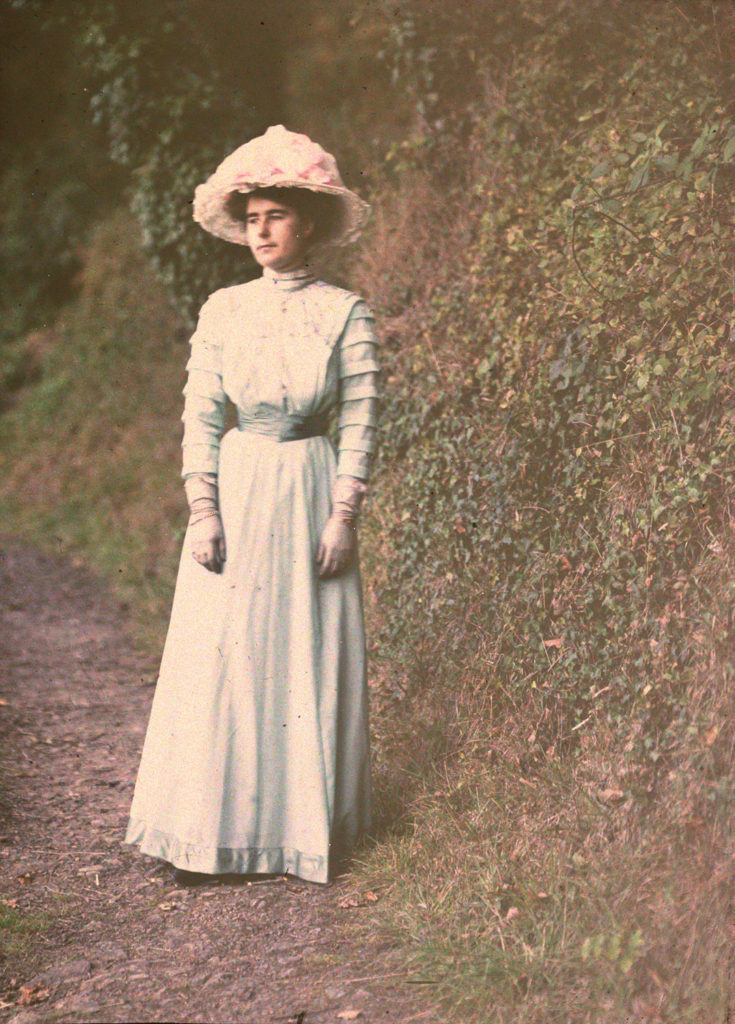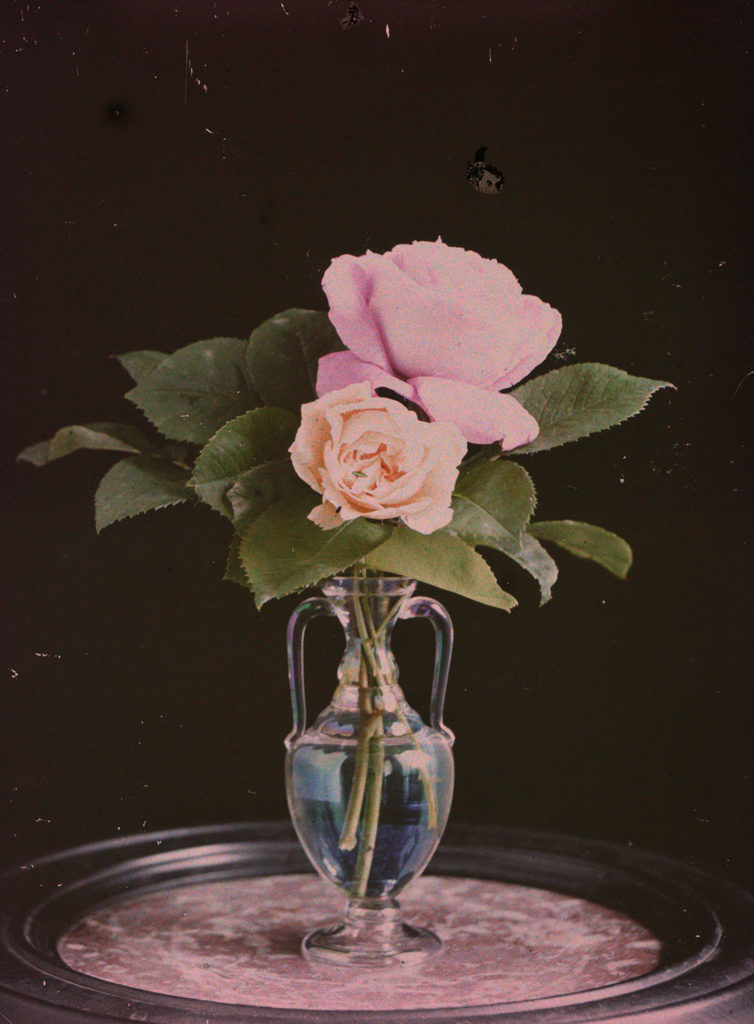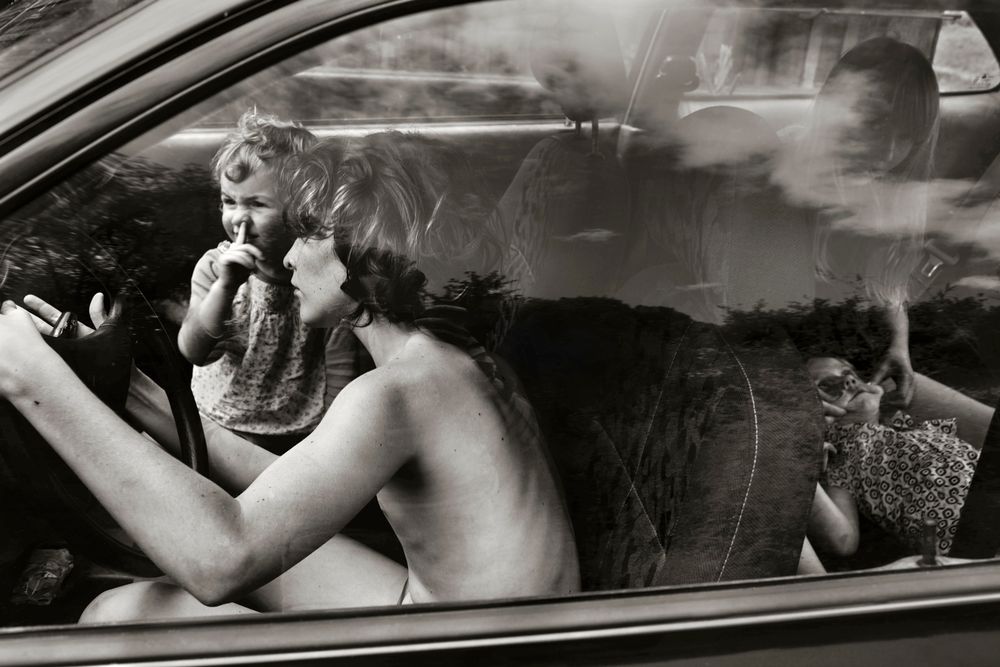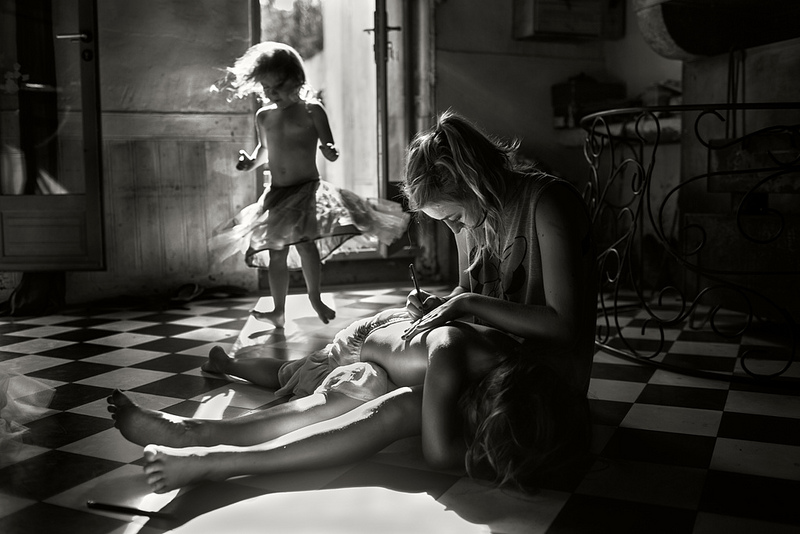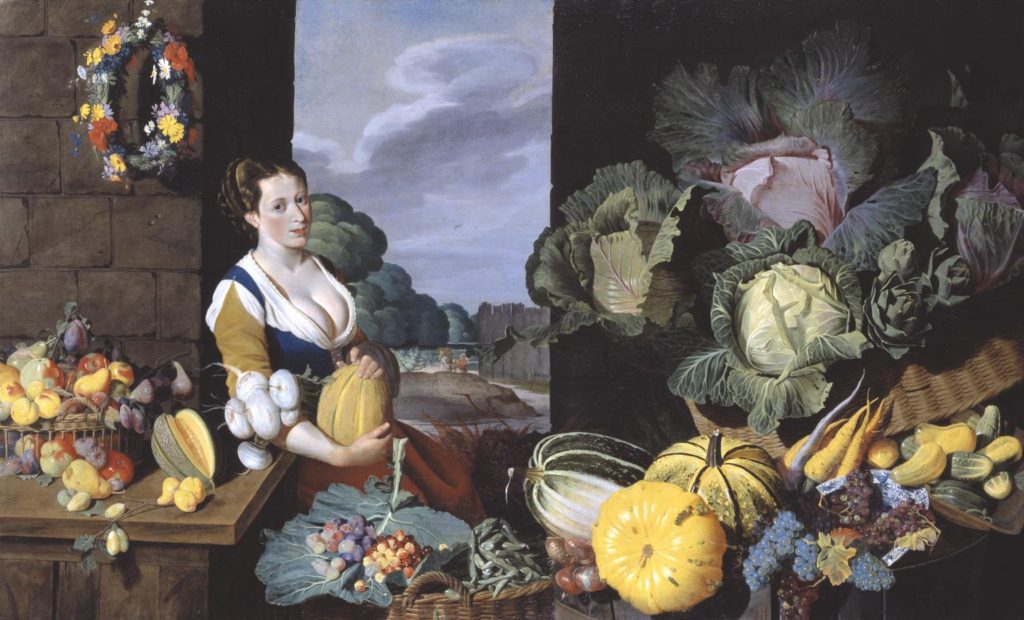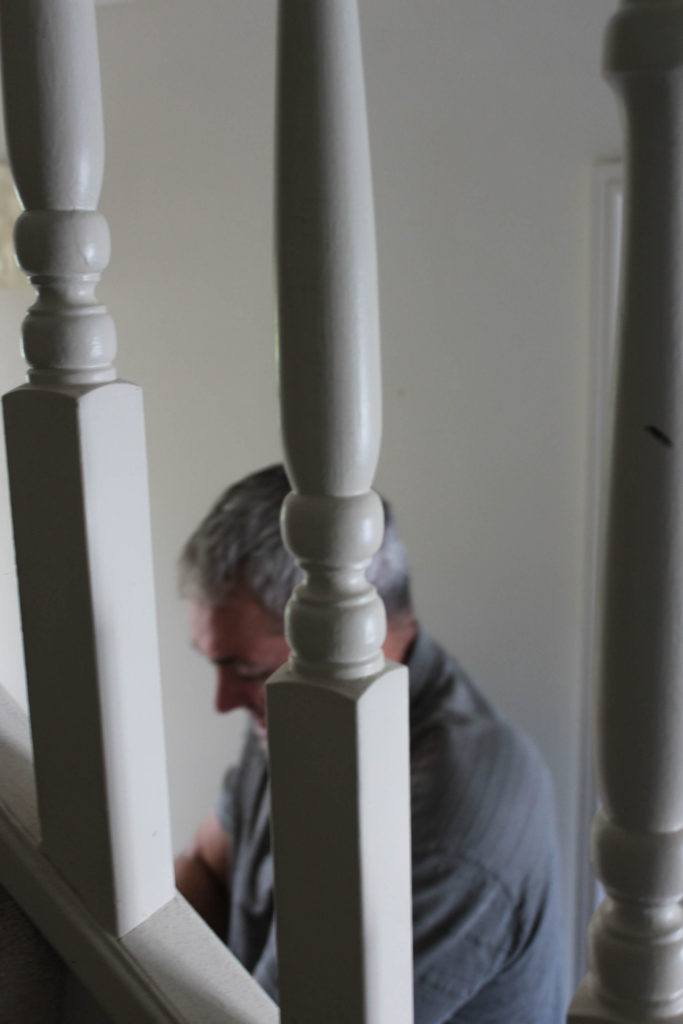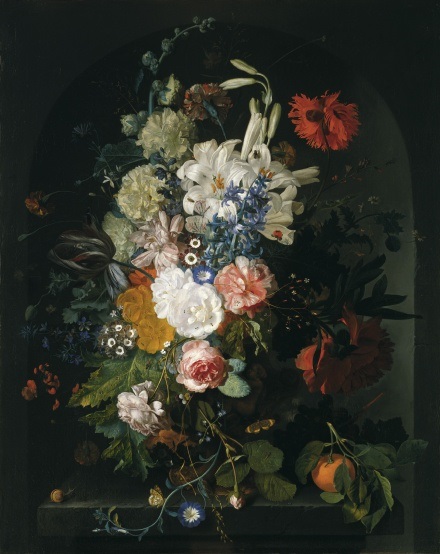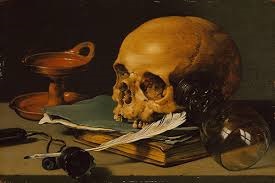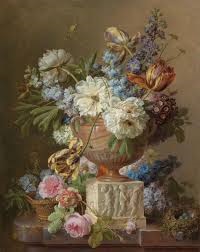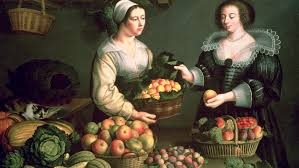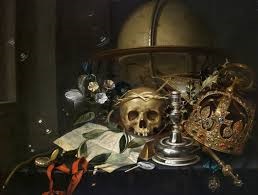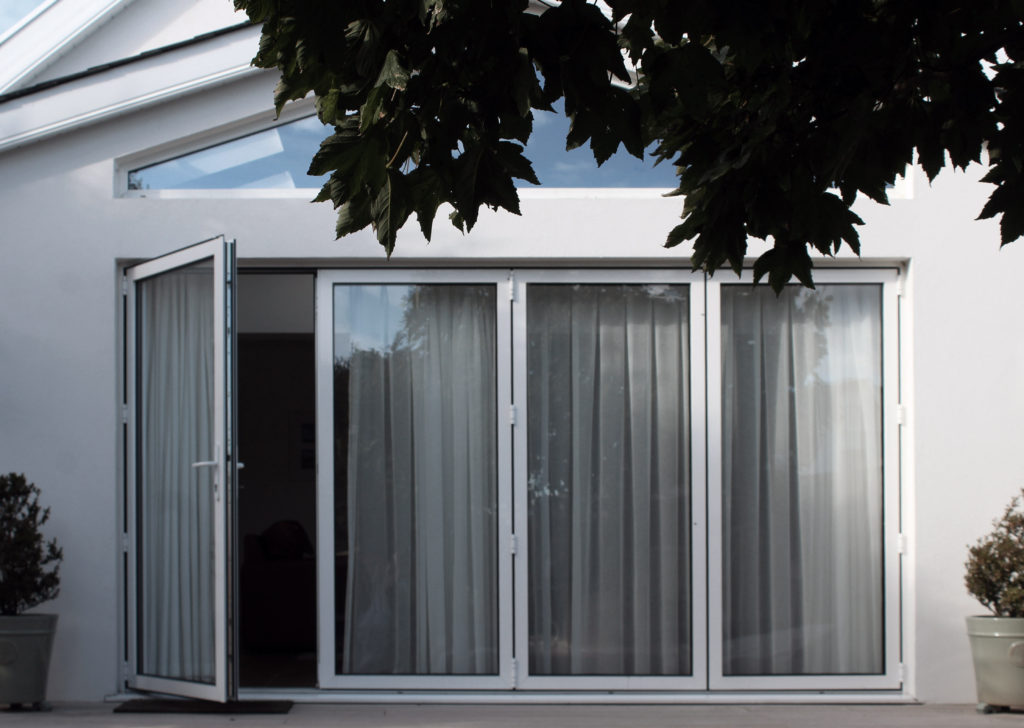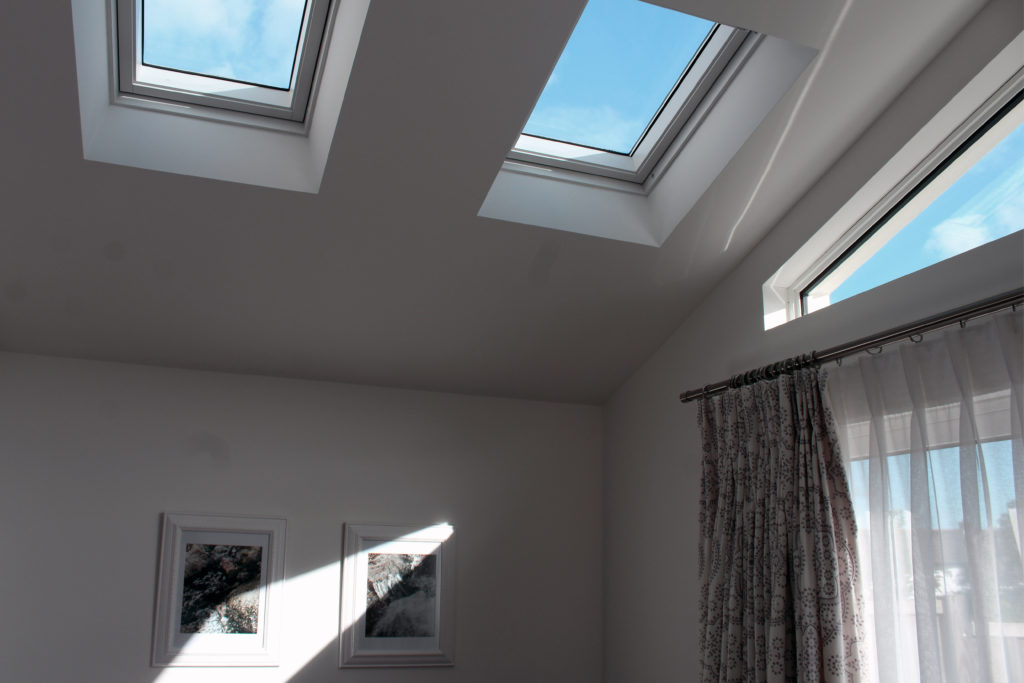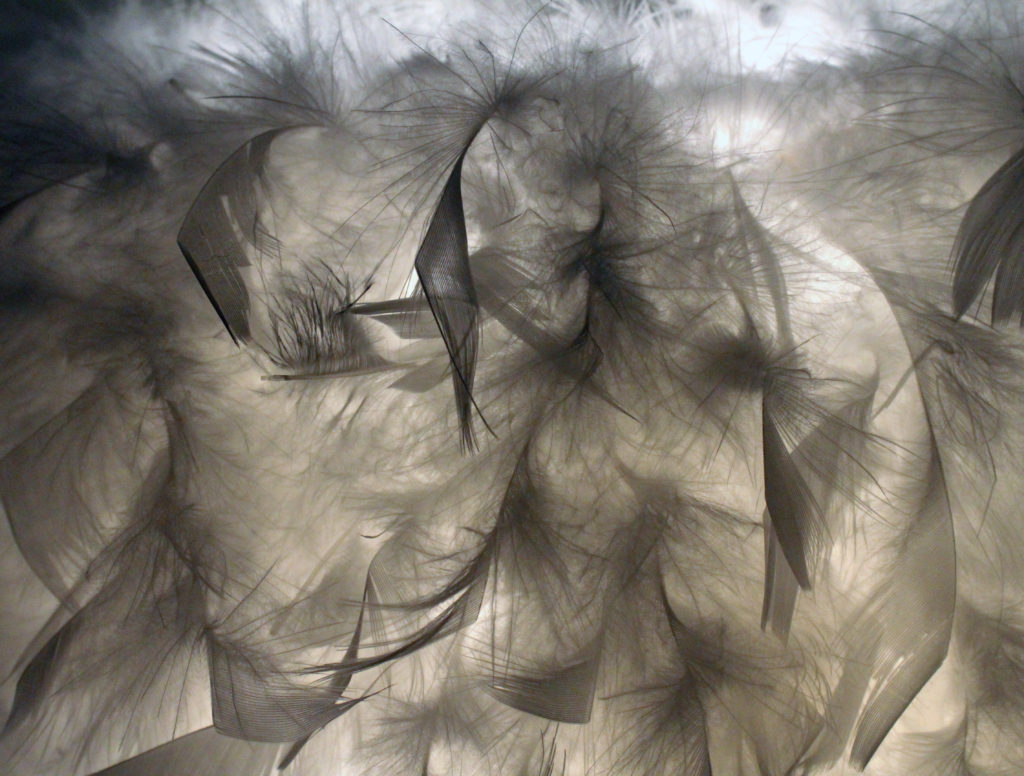Establishing Shot:
This form of documentary photography requires two or more subjects within the frame. The photograph almost acts like a tableaux as the photographer positions the subjects in order to convey a story and narrative, making this the main element to an established shot. In addition, the story can be presented through the background or the subject (is there an interaction or connection with the subjects in order to convey meaning). This technique is also used within film making, as directors, to establish angles and settings which would work for the scene.
Mood Board Showcasing Photography in the style of ‘Establishing Shots’
Sian Davey:
One photographer which I personally enjoy the work of Sian Davey who followed her teenage daughter round capturing her life on camera. The form of naturalistic images found within the ‘Matha’ series clearly conveys the narrative of Martha’s life, social interaction and her growing up and experiencing the world.
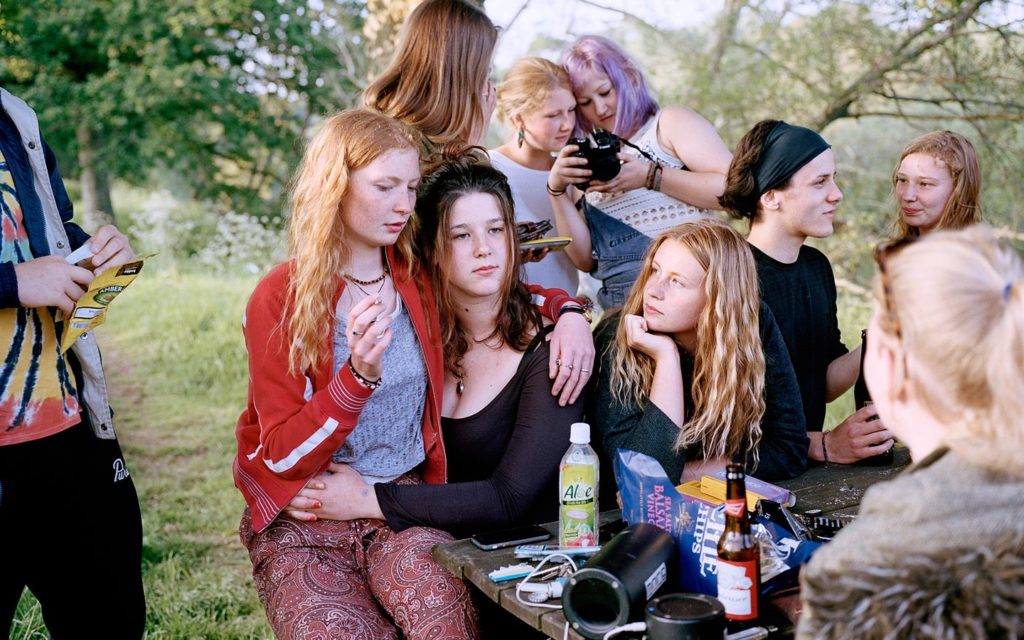
Sian’s Davey Photograph from the ‘Martha’ Series
Above is one of my personal favourite photographs from the series. Visually, the photograph is almost chaotic in the sense of a lot of things happening within the frame making it interesting for viewers to look at. The main focal point is the three girls located within the centre of the frame, with the background having other girls and forrest type environment. The photograph captures the girls almost rebelling, and doing things they should not be doing, like drinking and smoking, due to the age of Davey’s daughter only being 16. These are shown through the objects in the frame which help to tell the key narrative within the photograph. The key formal elements within this photograph is colour, space and texture, which is shown through the different elements within the composition as well as the positioning of the girls. The positing of the subjects is naturalistic, creating a sense of realism within this form of documentary photography. In a sense the photograph seems to be using the rule thirds, which allows the naturalistic feel to run through and allows viewers to perceive the photograph more naturally. The photograph is captured at a straight on angle with the orientation of the photograph being landscape.
Conceptually, the narrative told within the photograph is the teenage girl rebelling due to the restrictions she has in her life. In a recent interview with Davey said “providing me with access to her social situations—in a sense, access to her social world at an age where parents are typically explicitly kept at bay.” Contextually, the Davey wanted to explore social norms which was influenced by her interest in her main subjects, her two daughters.
Technically, the photograph uses quite simplistic settings in order to maintain a naturalistic feeling towards the overall image, and photographic series. The lighting is natural, produced by natural sunlight due to the outdoors environment in which the photograph was captured in. This lighting has a sense of warmth which is emphasised through the light beaming through the trees and the correct outdoors white balance being utilised. This also works along the low ISO which is shown as no noise being presented through the frame of the photograph. In addition, the shutter speed has been put on a quick shutter speed due to no intended blur, and the aperture has been slightly raised as a slightly narrow depth of field is being presented, as the background is slightly blurred.
Detail Shot:
This form of macro photography, looks at capturing a portrait to convey new conceptual meaning. The imagery produced has close connotations with identity and informs us about the subject being captured within the shot. Normally, the main formal elements produced within this style of photography are: texture, shape and space, which all work together to create a powerful set of imagery.
Mood Board Inspiring my Detailed Shot:
Martin Parr:
Martin Parr is a British photographer, who capture photographs in the style of documentary photography. His photograph looks at capturing an anthropological way of looking at modern life, with major focus looking at the still existing class system within the UK. Within his time as a photographer, he has published over 40 phonebooks and his work has put into 80 exhibitions world wide, showcasing his success. I will be analysing the work which was displayed in a exhibition name Souvenir in 2013. The images are apart of the ‘Real Food’ photographic book too, which contained images similar to the one below.

The above photograph is my favourite from the Real Food photographic book as it clearly showcases the techniques of a detail shot. Visually, we are presented with a photograph of a child holding a sugar doughnut which has been bitten into. The composition of the frame is full, however not busy, due to the photograph being considered as a macro style image, which creates a sense of containment and enclosure drawing us into the photograph. The main focal point is the doughnut, which is suggested through the central positing of the food in the frame and the narrow depth of field being used. This illuminates our understanding that the foreground is the hands and doughnuts and the background is the coat. The frame of the photograph tells us a lot about whats going on, the small hands, belonging to a small child wearing a vibrant coloured coat, which grip onto the doughnut, informs us that this child could be on holiday and enjoying himself. The photograph presents the formal elements of colour and texture, which helps to emphases the point just stated. The colours seem to be warm suggesting happiness, creating and overall pleasant mood to the imagery.
Conceptually, Parr wanted to capture an anthropological way of looking at modern life, which is clearly being showcased within the macro photograph. Contextually, Parr still noticed that the UK still presents a subtle class decided within modern society, which can be seen emphasised within his work. The colour of the coat seem to represent the same as a place like Butlins, holiday location in the UK, these places where considered cheap and accessible for those in the lower and middle class, which represent his negative viewpoint towards the class system.
To technically analyse this piece, Parr has kept his camera setting simple allowing the detailed shot to be successful and impactful on viewers. The lighting used half natural, through daylight, and half artificial, as it seems that he has used his flash allowing the foreground to be illuminated, with the background having shadows. This creates a warm atmosphere this was achieved through the correct white balance being used, which works in co with the low ISO being used due to the low intended noise. The shutter speed seems to be quick due to there being no intended blur. As mentioned before there is a small narrow depth of field being used to allow the doughnut and hands to be the centre of focus, allowing the conceptual and contextual elements to be illuminated.
Action Plan:
As an action plan I will now produce a set of images to respond to the ideology of establishing shot and detail shot, using inspiration from the work of Parr and Davey. I will look at using their methodology when capturing my family, and try and apply their conceptual reasoning into my work, adjusting it in order to fit within my family.

